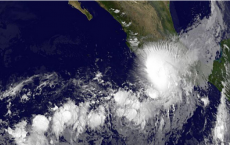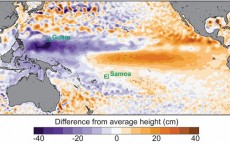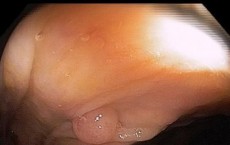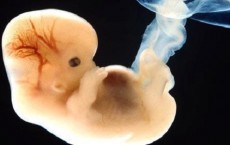
British and Australian Scientists found in their research that Antarctic warming results in more soil fungal species, and should exceed by 25 percent in 2100.

NASA was able to see the escalation of Tropical Storm Marty along the coast of Mexico with the use of its RapidScat instrument, and they are able to determine what to expect with the storm.

There is a strong correspondence between a particular set of connections in the brain and positive lifestyle and behavior traits, according to a new study.

Scientists have taken a closer look at some human fossils dating back at two million years ago, and have found that ancient hearing patterns resembled those of chimpanzee.

ESA's Rosetta spacecraft has detected argon on the comet 67P/Churyumov-Gerasimenko for the first time.

NASA has made plans to announce that there is in fact flowing water on Mars, a massive discovery on the Red Planet, in a live conference on Sept. 28.

Fossil corals are revealing a bit more about Earth's climate in the past. Scientists have used radiocarbon measured in deep-sea fossil corals to shed light on carbon dioxide (CO2) levels during Earth's last deglaciation.

Scientists have found that as sea levels rise, there may be more frequent interannual sea level swings, which could greatly impact island nations during storms.

New findings published in the journal EBioMedicine reveal that smokers with chronic obstructive pulmonary disorder (COPD) are at an increased risk of developing lung cancer when compared to counterparts unaffected by the disease.

Early hominins heard the world very differently than modern humans, according to a recent study published in the journal Science Advances.

Eating dried plums may lower your risk of colon cancer, according to findings presented at the 2015 Experimental Biology conference in Boston.

Half of pregnant women around the globe are at risk for malaria. However, there is little research on the potential neurodevelopmental issues regarding children exposed to malaria during pregnancy. The findings are published in PLOS Pathogens.